The Future of Autonomous Vehicles
Introduction
Autonomous vehicles, also known as self-driving cars or robot cars, are vehicles capable of sensing their environment and operating without human involvement. A human passenger is not required to take control of the vehicle at any time, nor is a human passenger required to be present in the vehicle at all. An autonomous car can go anywhere a traditional car goes and do everything that an experienced human driver does.

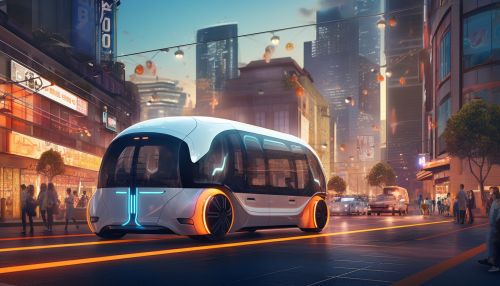
History and Development
The concept of autonomous vehicles dates back to the futuristic visions of the 1930s, but it wasn't until the late 20th century that technology began to catch up with the dream. The first truly autonomous cars appeared in the 1980s, as a result of pioneering projects led by Navlab and ALV projects funded by DARPA, the United States' Defense Advanced Research Projects Agency.
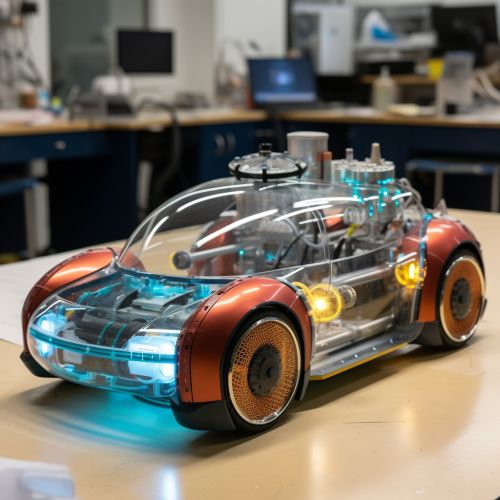

Technology
Autonomous vehicles use a variety of techniques to detect their surroundings, such as radar, lidar, GPS, odometry, and computer vision. Advanced control systems interpret sensory information to identify appropriate navigation paths, as well as obstacles and relevant signage.


Levels of Autonomy
The SAE (Society of Automotive Engineers) defines 6 levels of driving automation ranging from Level 0 (fully manual) to Level 5 (fully autonomous). These levels have been adopted by the U.S. Department of Transportation, among others, and provide a framework for comparing the capabilities of different autonomous systems.

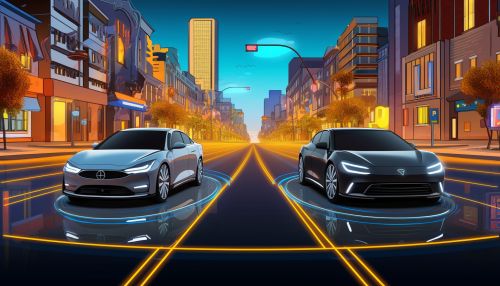
Benefits and Challenges
Autonomous vehicles have the potential to significantly improve road safety by reducing the opportunity for human error, which is a factor in the vast majority of accidents. They could also provide increased mobility for individuals who are unable to drive, such as the elderly or disabled. However, there are also a number of challenges associated with autonomous vehicles, including technological hurdles, regulatory issues, and societal acceptance.
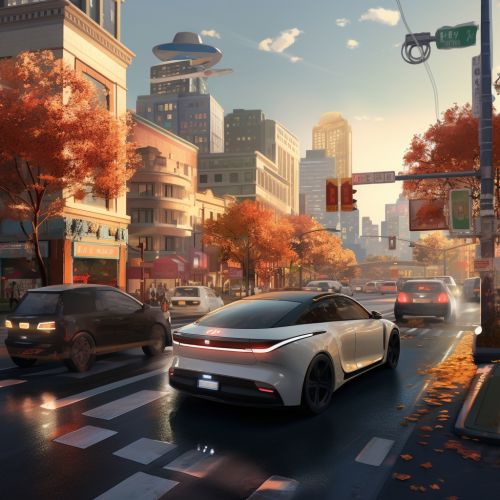
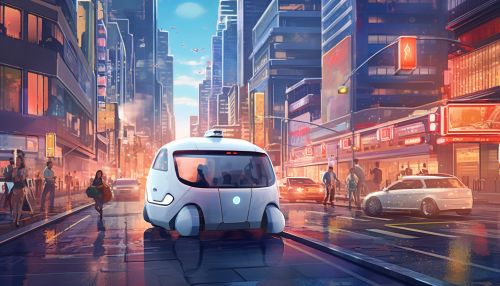
Future of Autonomous Vehicles
The future of autonomous vehicles is still uncertain, with predictions ranging from widespread adoption within the next decade to more conservative estimates that suggest a longer timeline. Regardless of the timeline, it is clear that autonomous vehicles have the potential to significantly alter our transportation systems and society as a whole.


